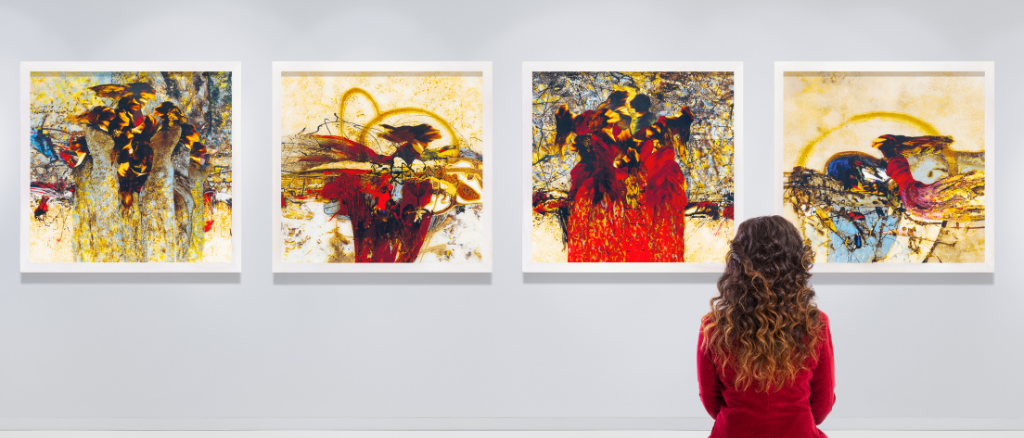Museums

Check out our free Buyer’s Guide and learn how low or fluctuating humidity can negatively affect museums and art galleries.
Museums and galleries play an integral role in preserving the history of societies and are a significant resource to communities – giving their visitors the experience to view and learn about artifacts from all over the world. They also face many challenges when protecting and preserving their collections, from the environmental impact on artifacts to the financial risks incurred.
Controlling the relative humidity (RH) within a museum or gallery helps preserve and protect exhibits while also lessening the financial risks. Along with masks and social distancing, the addition of humidity to a museum’s HVAC system will reduce the transmission of airborne viruses, such as SARS-CoV-2 and seasonal influenza, to add an additional layer of protection for visitors, volunteers, and staff.
Issues caused by uncontrolled humidity
Humidity can cause wood to expand and contract, metals to rust and paint to peel if not controlled.
- Porous and fibrous materials like wood contract and expand as humidity levels fluctuate. In high levels of humidity, wood, which has been a material used by artists throughout the centuries, loses its strength and becomes very flexible, while in low levels of humidity, it may become stiff and brittle.
- In humid climates, the corrosion of metal artifacts is much more rapid and severe. Rust and other oxidizing-type corrosion reactions, as a general rule, will not occur when the RH is maintained at or below 40%.
- High levels of humidity encourage pests and support the growth of mold on paper, textiles, and parchment. Eradicate pests and stop the spread of mold spores by optimizing the relative humidity level.
Preserving and protecting an exhibit is a costly undertaking for museum owners, including the cost of insuring the collections.
- Coverage for damages due to temperature, heat, or humidity issues may be excluded from insurance policies. Although many exclusions are negotiable, in some situations, like lack of environmental control, the cost of coverage may be excessively high.
Illness and discomfort to staff, volunteers, and visitors.
- Dry indoor air not only causes discomfort for visitors, volunteers, and staff, but it also allows easier transmission of airborne viruses such as SARS-CoV-2 and seasonal influenza.
- There are real costs associated with health-related issues caused by dry air, including a higher occurrence of infections and increased rates of staff and volunteer absenteeism.
Are you already using relative humidity to protect your collection?
For best performance and highest efficiency, existing humidification systems should be checked to determine if any replacement parts are needed, if any other maintenance needs to be performed, and whether there is a software update available.
Resources
Buyer’s Guide: Humidification for Museums
Learn how relative humidity helps not only protect your priceless artifacts but also stop the transmission of airborne viruses such as SARS-CoV-2 and seasonal influenza.
Humidifying The Hangar Flight Museum Case Study
Canada’s National Music Centre Case Study
The Glenn H. Curtiss Museum Case Study
Protecting Artifacts and Patrons with Proper Humidity Control – A DriSteem Webinar for Museums
Next Steps
Contact your local DriSteem representative to learn more about humidity control for museums. Use the Find a Rep tool below to find your nearest representative.
Connect with a humidity control expert
Already using humidity control to protect museums?
For best performance and highest efficiency, existing humidification systems should be checked to determine if any replacement parts are needed, if any other maintenance needs to be performed, and whether there is a software update available. Contact your local DriSteem representative to learn more.
